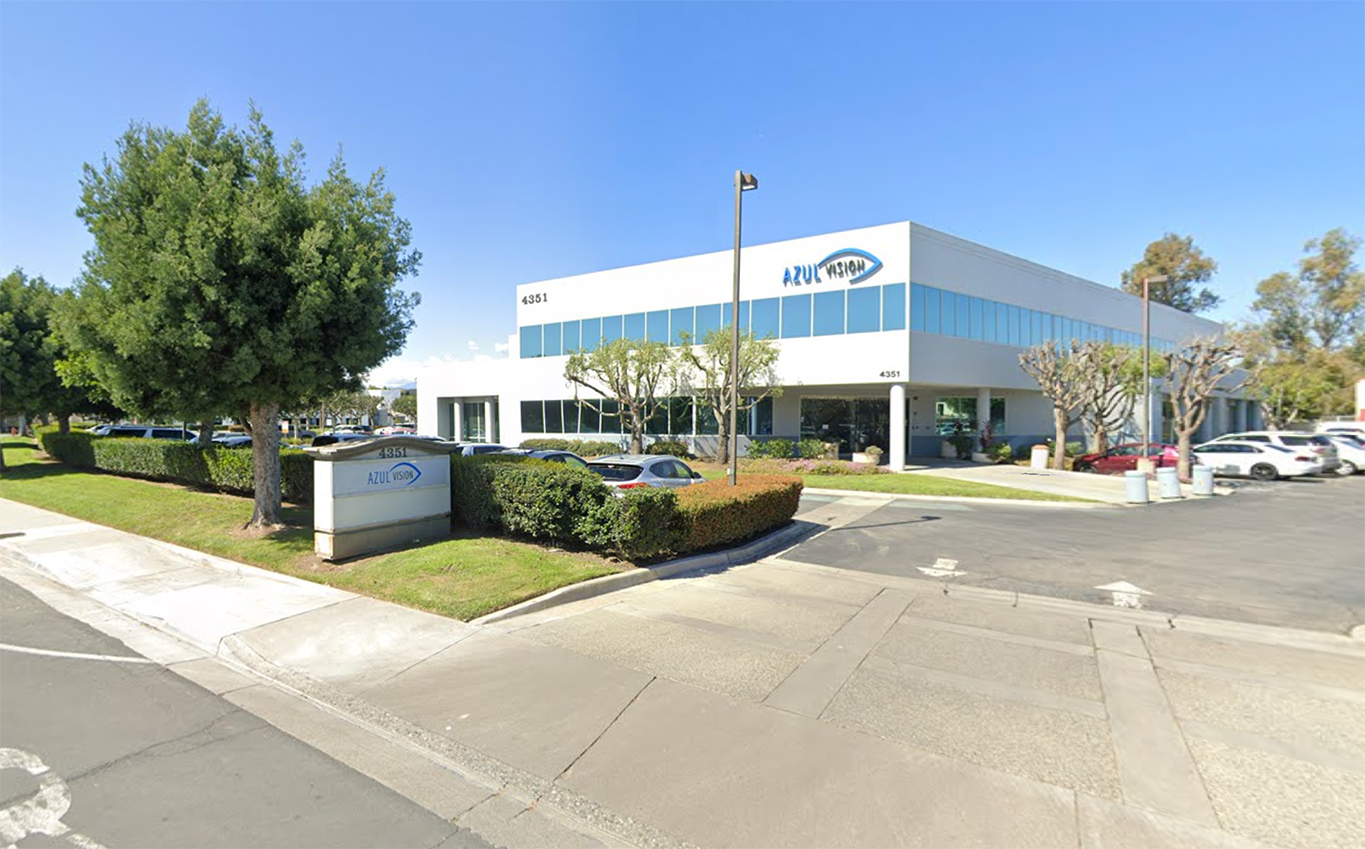







Yes! We will apply numbing drops to your eye and use an instrument called a lid speculum to keep your eye open. Our laser chair is very comfortable – you simply look directly into a light on our machine and the laser treatment is done in just a few minutes. If your eye moves, even a little bit, the laser will instantly stop until you are back into correct position. If you are feeling nervous about the procedure, we can prescribe relaxation medication to ease your anxiety.

The numbing eye drops we place into your eyes are designed to make LASIK as comfortable as possible. Even though we tell patients that the procedure doesn’t hurt, they are usually pleasantly surprised to find out that they only felt a bit of pressure on their eyes. The numbing drops really are effective in blocking the feeling of the LASIK procedure.

The great news is that your time in our LASIK chair is very quick – well under 30 minutes for most patients. Our LASIK patients are usually amazed at how quickly they are in and out. The actual corneal reshaping step of LASIK only takes a few minutes per eye.
LASIK is an outpatient procedure, so you’ll be able to go home the same day. We will recommend that you rest at home for the remainder of the day and night. Most patients are able to return to work and non-strenuous activities the day after LASIK! It is possible to start seeing more clearly right away, but for most patients it may take several months for your vision to completely stabilize. You will want to make sure you don’t rub your eyes for several days as your corneal flap heals. Your doctor will schedule follow-up visits to monitor your progress and ensure there are no complications.
Like any medical procedure, there are possible complications with LASIK. These will be discussed with you in depth during your LASIK Consultation. Conditions such as dry eye, starbursts, corneal flap complications, infection, blurry vision and other risks will be minimized if you choose an experienced doctor who is using advanced LASIK technologies. Our team at Azul Vision performs extensive LASIK Consultations so that they only recommend this procedure for eyes that are healthy enough – another way to reduce the risk of complications.
LASIK is definitely an investment in your vision, but it’s also an investment in your quality of life. If you already wear glasses and contact lenses, you know how expensive these vision aids are to maintain. These are costs that will never go away. LASIK is a one-time cost that can save you money in the long run. The actual price of LASIK varies; our team will be able to quote a specific price to you during your free, no-obligation LASIK Consultation. If cost is a concern, we can discuss LASIK financing options to make this life-changing procedure fit into your budget.